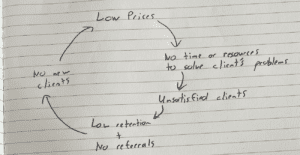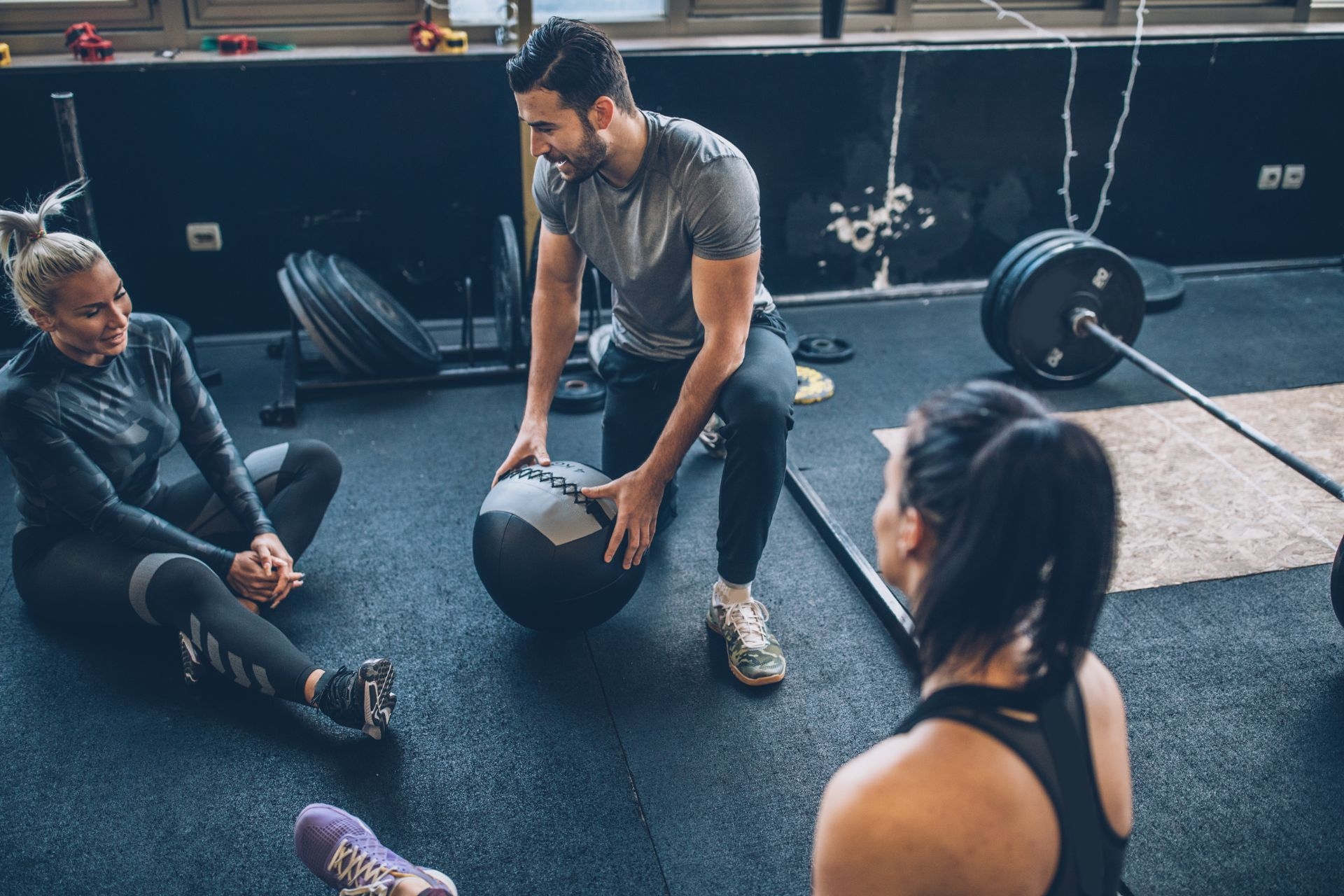Wave Loading
How does wave loading impact muscle hypertrophy?
Wave loading impacts muscle hypertrophy by incorporating varying intensities within a single set, which can lead to increased muscle fiber recruitment and overall muscle stimulation. By gradually increasing the weight lifted in a wave-like pattern, the muscles are exposed to different levels of stress, promoting muscle growth and adaptation over time. This method of training challenges the muscles in a unique way, potentially leading to greater gains in muscle size compared to traditional straight sets.
Progressive Overload Methods In Personal Training





